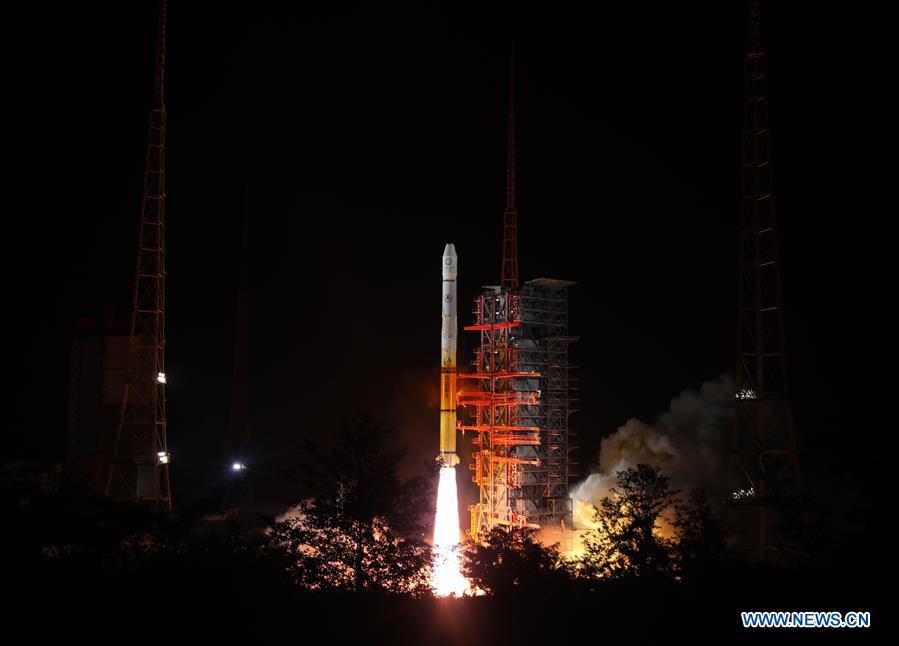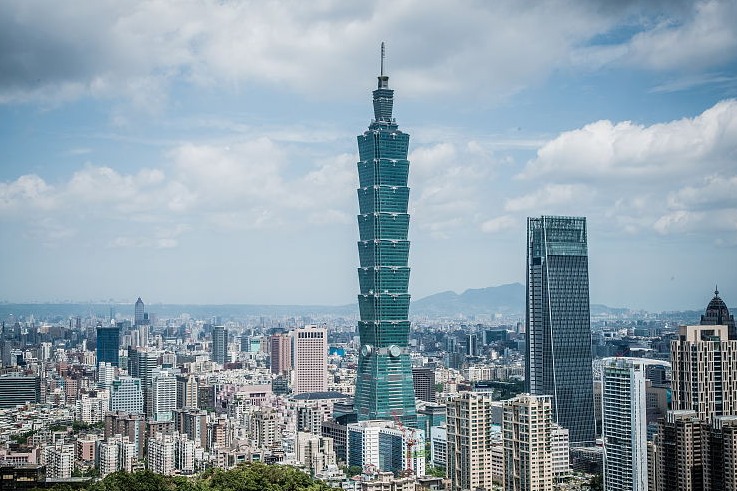China launches meteorological satellite to benefit Belt and Road countries


If countries along the Belt and Road are struck by disasters like typhoons, rainstorms, sandstorms and forest or prairie fires, they can apply for and quickly get the data, Wei said.
China's meteorological satellites have played an important role in the Belt and Road region. For instance, the Fengyun-2E satellite captured an indication of heavy rainfall in Pakistan in August 2017, and issued a timely warning to avoid casualties.
China already has 17 Fengyun series meteorological satellites in space, with eight in operation, including five in geostationary orbit and three in polar orbit, to observe extreme weather, climate and environment events around the globe.
The WMO has included China's Fengyun series of meteorological satellites as a major part of the global Earth observation system. They provide data to clients in more than 80 countries and regions. Weather forecasts in the eastern hemisphere depend mainly on China's meteorological satellites, according to the CNSA.
Since Fengyun-2A was sent into orbit on June 10, 1997, the Fengyun-2 series satellites have monitored more than 470 typhoons emerging in the western Pacific Ocean and the South China Sea.
They helped improve the accuracy of typhoon forecasting. In 2015, the deviation of China's prediction of typhoon tracks within 24 hours was less than 70 kilometers, among the world's best, according to the Shanghai Academy of Spaceflight Technology (SAST), producer of the Fengyun series.
The new generation Fengyun-4A geostationary meteorological satellite launched at the end of 2016 can improve observation efficiency by 20 times compared with the Fengyun-2 series, said SAST.
- Tianjin Uni celebrates 130th anniv. with focus on innovation
- Tianjin Uni celebrates 130th anniv. with stunning drone show
- Vibrant China during holiday: Grandeur and natural beauty
- Chinese micro-dramas hook audiences overseas too
- Strong progress seen in culture, tourism
- World's largest-capacity centrifuge is now operational




































